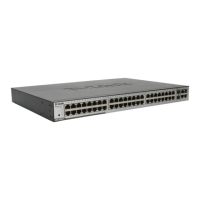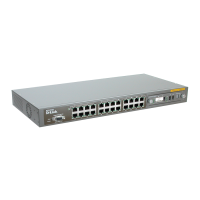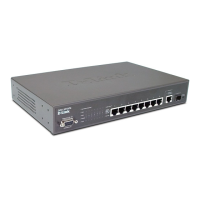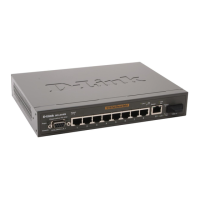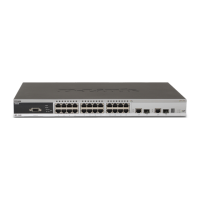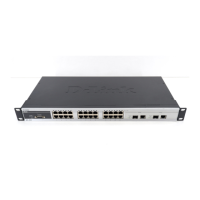D-Link DES-3326S Layer 3 Switch CLI Reference
2
USING THE CONSOLE CLI
The DES-3326S supports a console management interface that allows the user to connect to the Switch’s
management agent via a serial port and a terminal or a computer running a terminal emulation program. The
console can also be used over the network using the TCP/IP Telnet protocol. The console program can be used
to configure the Switch to use an SNMP-based network management software over the network.
This chapter describes how to use the console interface to access the Switch, change its settings, and monitor its
operation.
Note: Switch configuration settings are saved to non-volatile RAM using the save
command. The current configuration will then be retained in the Switch’s NV-RAM,
and reloaded when the Switch is rebooted. If the Switch is rebooted without using the
save command, the last configuration saved to NV-RAM will be loaded.
Connecting to the Switch
The console interface is used by connecting the Switch to a VT100-compatible terminal or a computer running
an ordinary terminal emulator program (e.g., the HyperTerminal program included with the Windows
operating system) using an RS-232C serial cable.
Your terminal parameters will need to be set to:
• VT-100 compatible
• 9,600 baud
• 8 data bits
• No parity
• One stop bit
• No flow control
You can also access the same functions over a Telnet interface. Once you have set an IP address for your
Switch, you can use a Telnet program (in VT-100 compatible terminal mode) to access and control the Switch.
All of the screens are identical, whether accessed from the console port or from a Telnet interface.
4
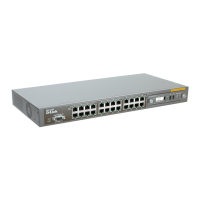
